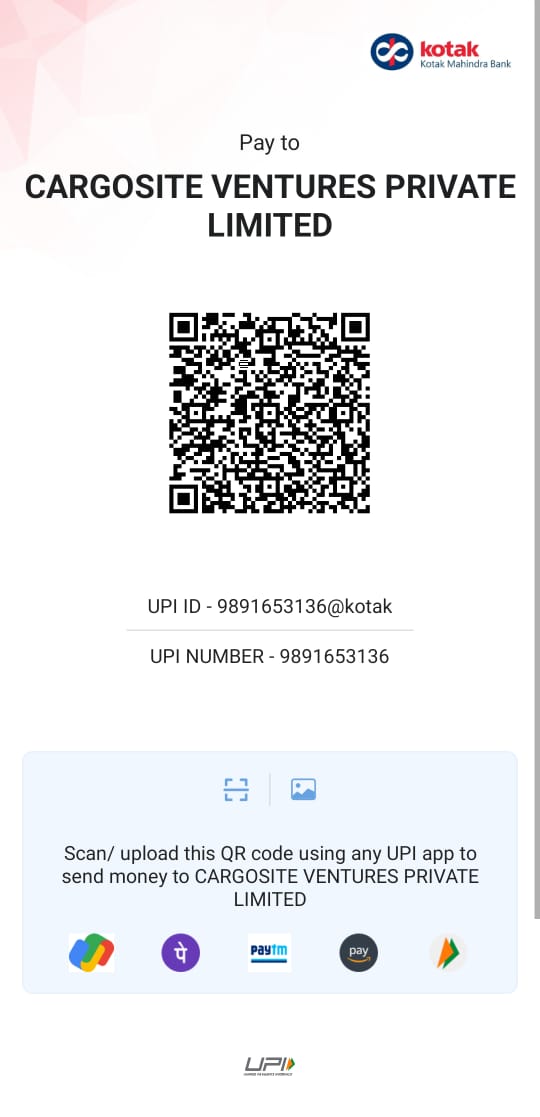Process to Apply for Patent Registration
- Application for grant of registration
- Provisional/Complete Specification
- Statement and Undertaking under Section 8
- Declaration as to Inventorship
- Request for publication
- Request for Examination of Application for Patent
- Authorization of a Patent Agent
- Step-1- Engaging a Professional
Before you proceed with the filing of patent application you need to decide if you will be taking any help of patent professional or undertaking the patent process itself. Considering the no. of deadlines it is recommended that you hire a professional who has experience in the world of patent.
If you decide to take the help of professional make sure that you sign a NDA (Non Disclosure Agreement) with the patent professional before revealing about your invention.
- Step-2-Patentability Search
The very first step for Patent registration is the patentability search. Patentable search determines the novelty, inventiveness, industrial application & enabling of the invention.
After Patentable Search, an applicant needs to create a user id and password for applying online.
- Step-3-Drafting the Patent Application
After a patentable search, if the invention is patentable, an applicant has to draft an application that includes the description of the invention. Once a patent application is drafted, the very first step is to file the patent application.
- Step-4-Patent Filing Application
The next step is filing the patent application. An application must contain specifications of the invention and other required and related details of the invention. An applicant can file both provisional and complete application for their invention to get a Patent registration.
- Step-5-Publication of Application
Once the application is filed it goes to the Indian patent office. Simultaneously, the Indian patent office publishes the patent application in the official patent journal. Along with the same, the patent application comes in the public domain after the patent office publishes it.
Every application is published in the official journal after 18th month period from the date of filling of application or the date of priority of application whichever is earlier. There is a provision for early publication of an Indian Patent application by filling a formal request. The early publication rule does not apply if:
• Secrecy directions are imposed under Section 35 of The Act.
• Application has been abandoned under Section 9(1) of The Act.
• The applicant has withdrawn his application three months prior to the expiry of said prescribed period of 18 months
- Step-6-Examination of the Application
After publication, the next is the examination of the patent application. Unlike the publication of the application, the examination does not happen automatically by way of filing the Indian patent application.
For examination, the applicant has to request for examining their patent application. It helps in determining whether the invention meets the statutory requirements for patentability or not. The examiner examines the application considering the prior art information of the invention.
- Step-7-Objection by the Examiner
The examiner can raise the objections while examining the application. The examiner scrutinizes the application following the patent act. Based on the information mentioned application, the examiner will issue an examination report to the applicant. The examiner will state all the objections related to the application.
- Step-8- Office Action Response
Once the examiner issues the Examination Report, the applicant has to successfully revert on the objections raised by the examiner to receive a patent grant. The applicant has to respond to examination reports, appearing for hearing, etc.
Note- The maximum duration given to respond is 6 months from the issuing date of the First examination report. However, this duration can be extended for a period of another 3 months by filing a request to the IPO.
- Step-9-Grant of Patent Registration
Once the application overcomes all the objections raised by the examiner, the patent office will grant a Patent to the applicant. Once the patent is granted, the IPO publishes it in the patent gazette.



